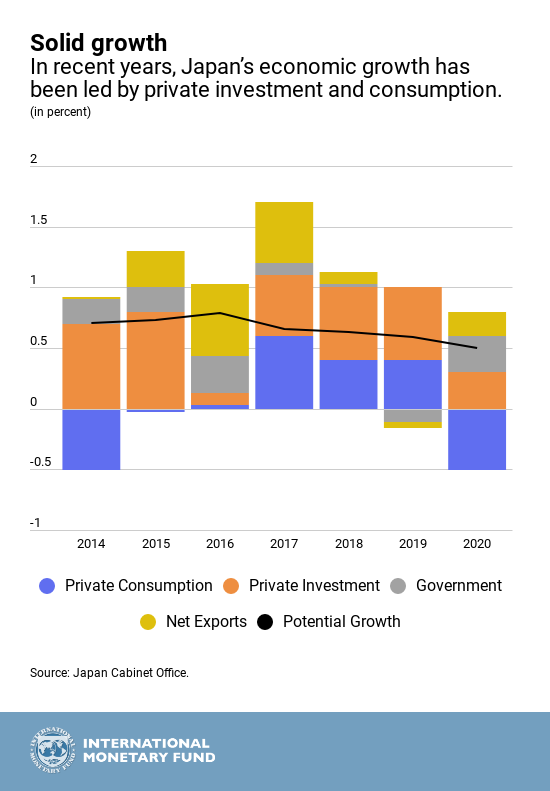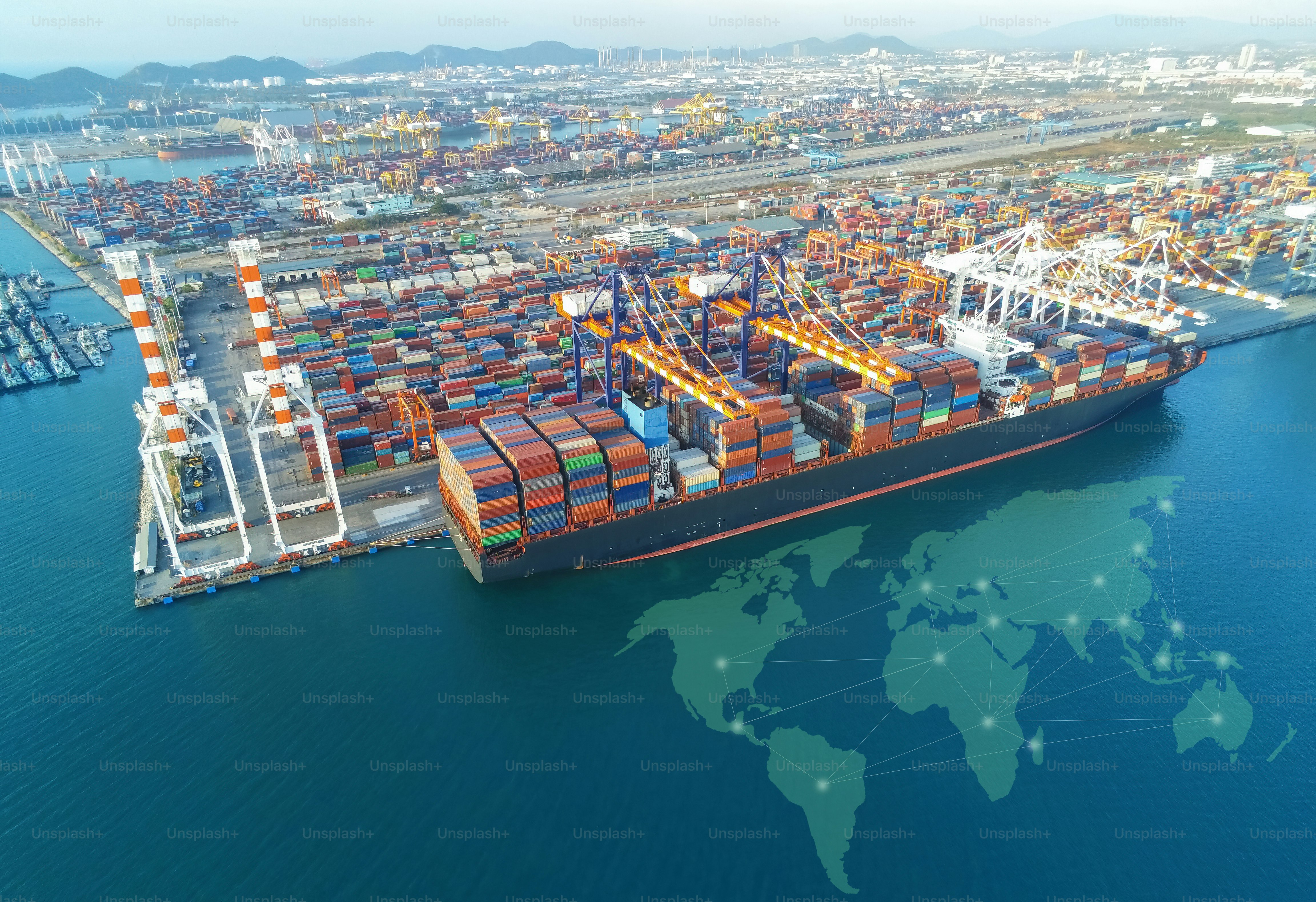Hold onto your hats, folks, because Donald Trump has just thrown a massive wrench into the global economy with a flurry of new tariffs. It’s not just a tap, it’s a full-on deluge! We’re talking tariffs ranging from a relatively mild 10% on countries like the UK, Brazil, and Singapore, all the way up to a frankly insane 49% on imports from Cambodia. Vietnam gets smacked with 46%, Switzerland 31%, Thailand 36%, South Africa 30%, and Indonesia 32%, and even South Korea isn’t safe at 25%.

Look, let’s be real – this isn’t some nuanced trade strategy. It feels like someone just looked at a map, picked some countries, and slapped a number on them. The justification? ‘Fairness,’ apparently. But this kind of protectionism rarely, if ever, works out the way it’s intended. It’s more likely to trigger retaliatory measures, drive up consumer prices, and ultimately hurt the American economy more than it helps. It’s a dangerous game of economic chicken, and I’m seriously worried about where this is heading.
A Quick Primer on Tariffs (Because Let’s Face It, Most People Still Don’t Fully Get It): Tariffs are essentially taxes imposed on imported goods. The goal, theoretically, is to make those goods more expensive, encouraging consumers to buy domestically produced alternatives. Sounds good on paper, right? The problem is that it creates a ripple effect. Companies that rely on those imported materials see their costs rise, which they often pass on to you, the consumer. Furthermore, it can stifle innovation and competition, as domestic industries aren’t forced to constantly improve to stay competitive. Historically, steep tariffs like these have often backfired, leading to trade wars and economic recessions. Think Smoot-Hawley back in the 1930s – a colossal disaster! This isn’t about ‘winning’ trade wars; it’s about understanding the complex interconnectedness of the global economy and avoiding policies that undermine it.






